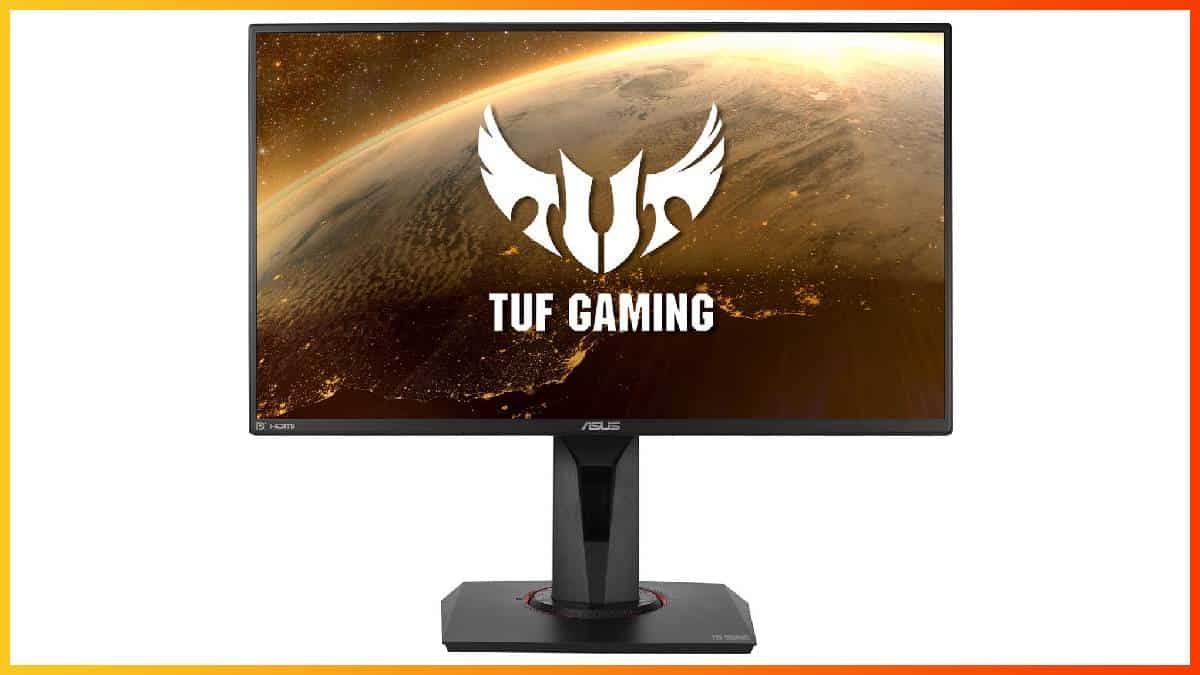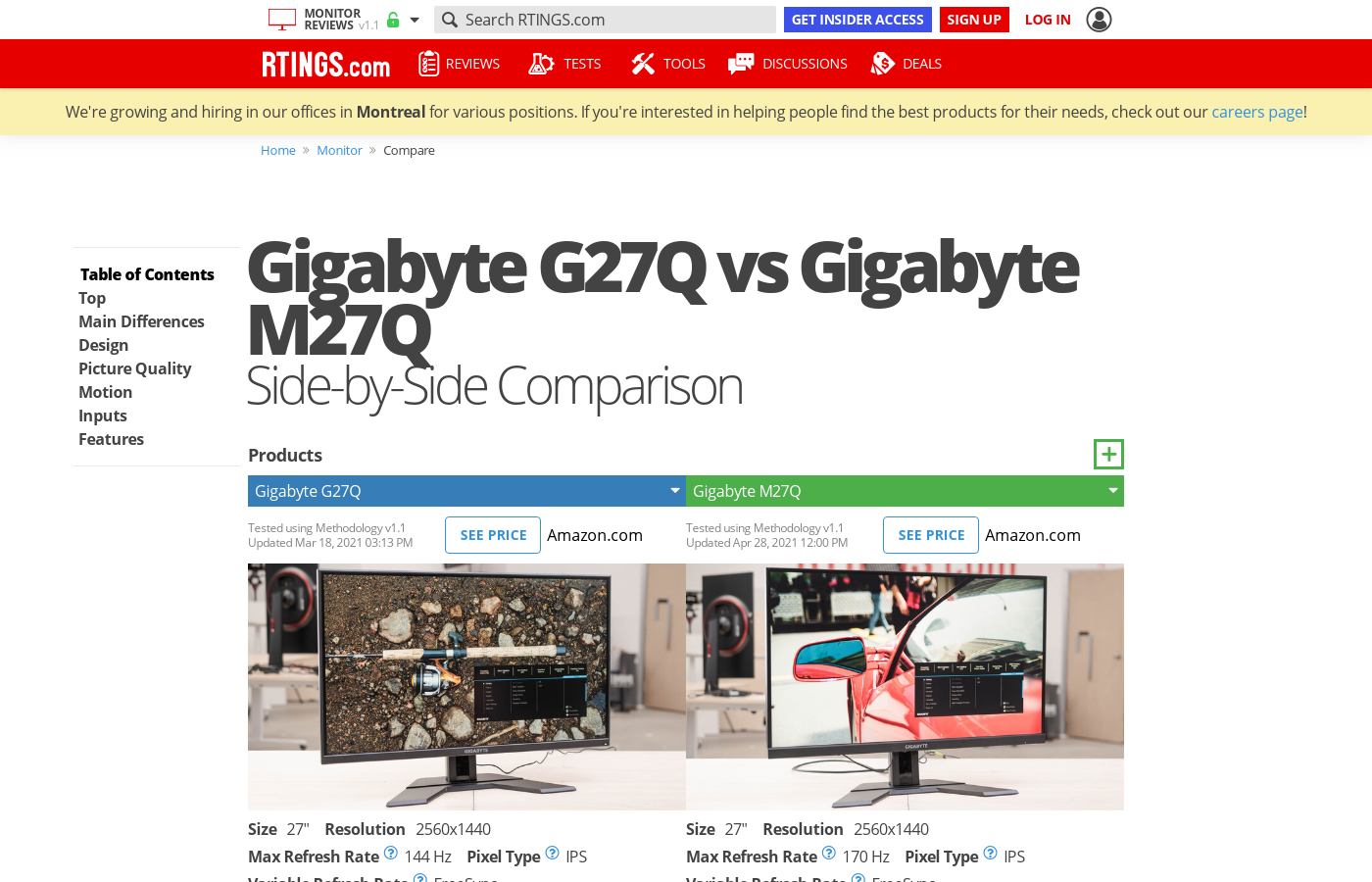My mind is hovering over ASUS TUF Gaming VG259QM and their latest 27" VG27AQL1A. I wanted to go for the 25" VG259QM. I know it sounds very silly when 27" 1440p is the main stream nowadays.
I was stopped after reading TechSpot article mentioning that there are 6 modes(levels) of overdrive. Each caters for a range of F refresh rates if I understand it correctly. Then I was beginning to hesitate and withdraw my decision to purchase either one of them.
I've watched Linus LTT video about the review of the LG Ultragear
He actually compared 60, 120, 144 and 240Hz motion and gave detailed illustration about motion blur and pixel overshoot...Etc. A good short and precise lecture.
Now I can appreciate why 80 is the best overdrive mode in both VG259QM and VG27AQL1A.
In another LTT video, it reviews the VG27AQL1A and stresses that ELMB can be enabled with either g_sync and free_sync.
Amongst 60, 130, 144, 240Hz, ad far as fast motion is concerned, 240 is the smoothest.
I will get a RTX 3080 when stock is recovered, and because of it immense power, using a 1080p monitor can easily allow the monitor to sync with high frame rates generated by the card possibly within the range of 100~150FPS in games. That's why VG259QM is a better choice compared with the 27" 144Hz 1440p VG27AQL1A, is my understanding correct?
Could you explain why gsync sounds problematic?
That's why I have given up on VG259Q.
Now I focus on VG259QM, it supports both ELMB and gsync/freesync turned on.
I believe no gamers will not be disappointed if after spending $400 on a monitor only to find out that some features cannot operate together with another features. With powerful graphics cards today like the RTX 3000 series, 3A titles can easily run at 150FPS or above, some even reach 200+ FPS. So less expensive 240Hz monitors should be more than welcomed. But if running at high refresh rates results in noticeable motion blur, then I would rather stay with my cheap 60Hz monitor despite playi#g games like Civilizations 6 shows extremely noticeable screen tearing.
Let's just say there is a marked difference between what happens in Linus and reviews and what happens in-game. They run content with a top-of-the-bill system so it is liable to produce less frame variability. They run it for a short while and give it a few minutes of attention.
I find it very hard to translate those conclusions to the places I use a monitor in and for. And they're the same use cases. I prefer getting my info from a real review like tftcentral.co.uk or some sort. Not that Linus draws the wrong conclusions... or other reviewers, but they do lack perspective. How does each feature affect your actual game, your immersion? They can't, won't say. And its a personal thing too, what works for me, may or may not work for you.
What I did find, every single time, is that added features over the standard, unfiltered experience, almost never last indefinitely for me. That goes for audio and in a way it also goes for video. With Gsync for example, I had the idea of feeling more latency impact than I did with uncapped frames, while the benefit (no tearing) wasn't really visible. Gsync off didn't tear either. If you already have a high refresh panel, you can just tweak a little bit and avoid tearing. I'm also noticing that engines and GPUs handle frame delivery better and differently. The goodold half-way torn up images are history and have been prior to owning a Gsync capable panel already. And for the old content that doesn't have that, well... you just run it at 144 hz constantly, and don't need Gsync to begin with.
Gsync also doesn't mix well with a strobing backlight, which is arguably a much more useful feature to have for motion clarity - its the other half of the experience really, and high FPS won't get you there on its own. Strobe compensates for the way our eyes move across the screen, and allows us to 'snapshot' the images rather than view constantly changing colors. This way, you can actually read text passing by fast, instead of deciphering it within a line of blur. This also affects refresh rates of 240hz and all... you can also just strobe the image at 120hz and achieve a better result doing so, for motion clarity. Blurbusters even puts 240hz on a lower tier than a 120hz+strobe panel - although
native 240hz might be at 2ms persistence just as well - its much less likely to deliver, because you won't have 240 FPS at all times, and half the number is far easier to hold on to.
See how those considerations defeat all necessity for variable refresh like Gsync? You really just want to have the most fixed and high FPS and a
matching refresh rate for the best experience.
FWIW... don't pay for Gsync, but if the panel comes compatible with Gsync, why not. That's my advice, best of worlds really, you won't ever feel cheated out of your money and if it works, yay. But it is most certainly NOT the must have in any possible situation. Its bonus, but all other monitor qualities and price should come first. Gsync will still be shite on a crappy panel.

Note: I paid 450 EUR for this Gigabyte G34GWC, 3440x1440 144hz Gsync compatible, strobe capable VA Ultrawide. Paying similar for a high refresh IPS at 27 inch seems to be the norm, but I have to say, there is very little differentiation now between IPS and VA. Yes, viewing angles are smaller, but contrast is higher, blacks are much better and bleed is nonexistant (quality/ panel lottery, mind). For gaming, VA is a dream really, and I much prefer it over IPS. Take note of the fact that your typical ambient lighting is of great impact: if you play in dim lit rooms, definitely AVOID IPS. The glow will make you want to throw it out the window sooner rather than later - get VA instead. If you don't and room is brightly lit, the lacking contrast of IPS doesn't matter and its the better choice.
But... IPS is certainly more consistent, especially in darker hues. VA does smear a tiny bit, but it grows on you, I hardly notice it having used a VA before, but the advantages still do jump out at me - crisp image, super vibrant colors and blacks... its really something when you can't see your game is running in 16:9 on a 21:9 screen because black is just... black.
Some thoughts - but key point and TL DR... focus on the primary monitor qualities first before staring blindly at whatever-Sync. Its not that relevant.
So what is important...
- uniformity (you really do see it when a panel is not 'equally lit')
- no bleed, low glow (in case of IPS) and preferably NO glow at a normal view distance. I tried a Dell U2515HM (might have mixed a letter) IPS and the glow was horrendous, it really stands out in games that are almost always with dark elements.
- diagonal/size/view distance but with 27/1440 you got that locked down solid, its a sweetspot.
- a good overdrive mode (you pointed that one out, good topic to focus on!). You only need one. You won't change per game, that only happens the first week, and then novelty wears off.
- overall build quality. Can you hold the panel normally without bending stuff, is the stand workable, etc.
After those boxes are ticked... look at the budget, see what's left over in the list and pick the best added featureset






 Also they seems to have ripped off their graph & chart from YouTube's Hardware Unboxed channel. Either that, or it's the other way around.
Also they seems to have ripped off their graph & chart from YouTube's Hardware Unboxed channel. Either that, or it's the other way around. )
) and it's selection option is also hidden on the second page of one of the monitor's settings panels. That's it. There isn't anything wrong with overdrive within itself.
and it's selection option is also hidden on the second page of one of the monitor's settings panels. That's it. There isn't anything wrong with overdrive within itself.
 Strobing backlight (ULMB, BFI...), yes, that is a feature that's nice to have, it gives a bit of that 'CRT' monitor feel... but if the panel's good to begin with, its bonus at best.
Strobing backlight (ULMB, BFI...), yes, that is a feature that's nice to have, it gives a bit of that 'CRT' monitor feel... but if the panel's good to begin with, its bonus at best.
